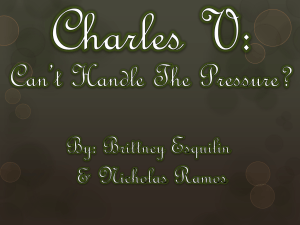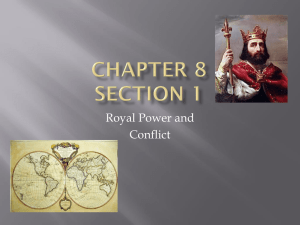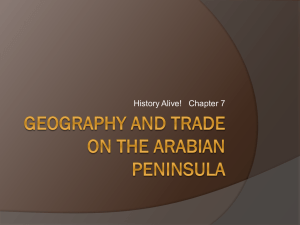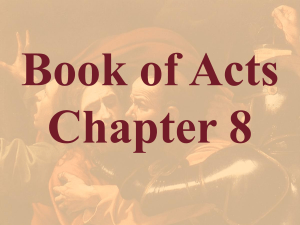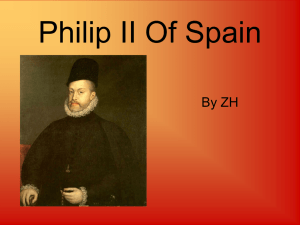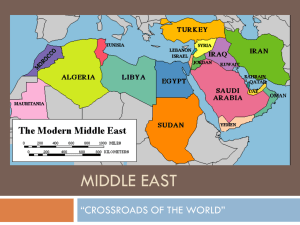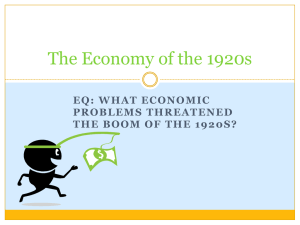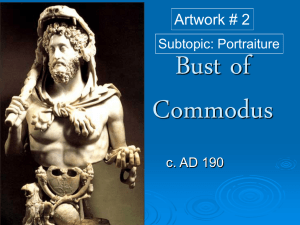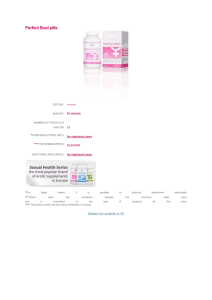Bust of Philip the Arabian
advertisement
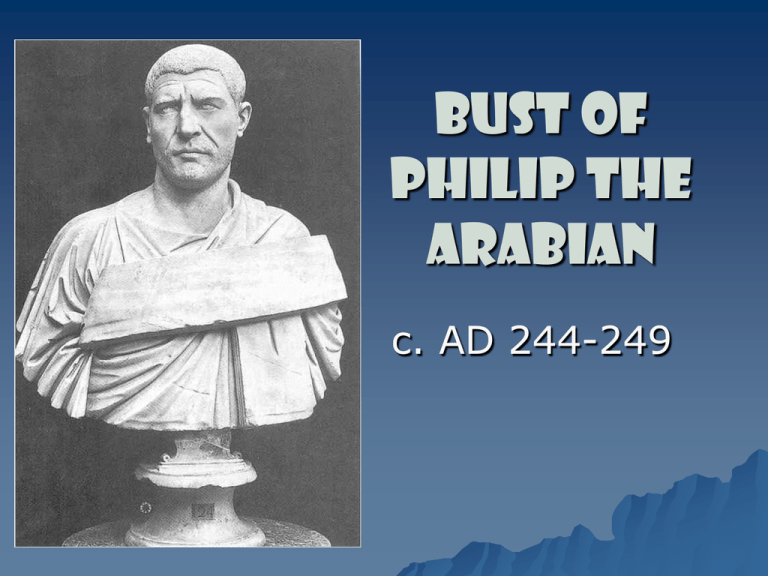
Bust of Philip the Arabian c. AD 244-249 Bust of Philip the Arabian What is this Emperor’s name? Where is he from? Where would most Roman Emperors be From? What is he wearing? Is it slightly different From the Patrician’s Clothes? How? What does this face say about this man? What kinds of emotions is he conveying? What does his emotions say about what it was like to be Emperor at this time? What kind of Personality would he have? Vocab – write on pg 90 of your workbook Senate: senators passed laws in the high courts Equestrian: families that officers and governors were selected from. They were the wealthy and well-connected, almost equal to senate in social standing. Praetorium Guard: elite troops who accompanied the Emperor and protected him The list of Emperors Julio-Claudian dynasty Augustus 27BC- AD14 Tiberius AD14 - 37 Caligula AD37 – 41 Claudius AD 41- 54 Nero AD54- 68 Year of 4 emperors (AD 68 –AD69) Galba Otho Vitellius Flavian Dynasty Vespasian AD69-79 Titus AD79-81 Domitian AD 81-96 Trajanic Dynasty Nerva AD96-98 Trajan AD98-117 Hadrian AD117-138 Antonine Dynasty Antoninus Pius AD138-161 Marcus Aurelius AD161- 180 Lucis Verus AD161-169 Commodus AD177-192 Severan dynasty (11 emperors) Emperors during the height of crisis AD 235-268 Philip the Arabian Many others (constant change) Bust of Philip the Arabian p.86 Workbook Date: See Paul Artus p.98/99 Dimensions: See Paul Artus p.100/102 Material used: marble Was there a purpose behind this piece? To show that Philip was a Emperor who was concerned for his Empire and who was a soldier first and foremost. His face shows nobility, dignity and strength. All qualities needed during Rome’s difficult times of political uncertanity. Bust of Philip the Arabian p.86 Workbook What do we know about the life of Philip? List here the major of his life and reign… Write down Paul Artus p.98/ p.99 ‘Who was Philip’ and ‘His reign’ How is his traumatic and turbulant reign portrayed here in the bust? Write down ‘Military Emperors’ p.99 and the notes under ‘Expression’ Bust of Philip the Arabian p.87 Workbook How does portrait show Philip’s Semetic origins? Write down ‘Syrian Origins’ in Paul Artus p.98/100 Comment on the techniques used by the sculptor on this bust. What tools have been used and to what effect? Very Closely cropped hair Iris outlined Drill used for deep crevices Hair and Beard is created by the short sharp incisions of a chisel not a drill Bust of Philip the Arabian Workbook p.88 1. Soldier /Emperor /military /native/ Syria /Semetic 2. Write down the notes on ‘Veristic style’ p.98/100 3. Write notes in Paul Artus p.99/98 ‘The Period’ 4. Write notes in Paul Artus p.99/100 ‘Toga’ Bust of Philip the Arabian Workbook p.88 5. Serious /brow/ concentration/ shut/ crevaces/ cheeks/ mouth 6. Trimmed hairstyle of the late republic. Closely cropped hair more like a surface decoration 7. Beard closely cropped with chisel strikes 9. Eyes gaze upwards over the heads of viewers show his concern for his people. He also has a distinctive scowl. 10. Prominent nose Bump on the nose High Sculptured cheek bones Heavy jawline Bust of Philip the Arabian Workbook p.90 Add this information to the page: Use of Marble – not polished, not sensual, not sweating, not baroque, not flashy He was a man who rose to power at a time of great adversity and survived through the strength of his will. Reign ended in 249 when he was murdered by his own soldiers. Everything about his face says ‘I have survived adversity’ Homework: Bust of Philip the Arabian p.86 Workbook ‘Now lets compare all three of the busts we have studied’ fill in the table!

